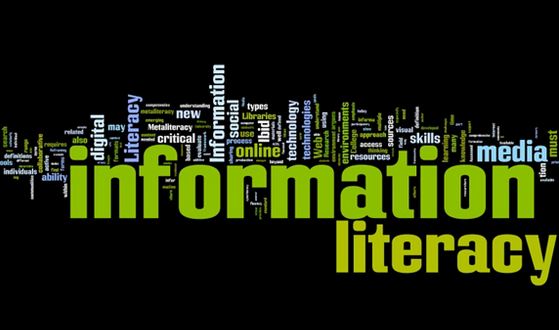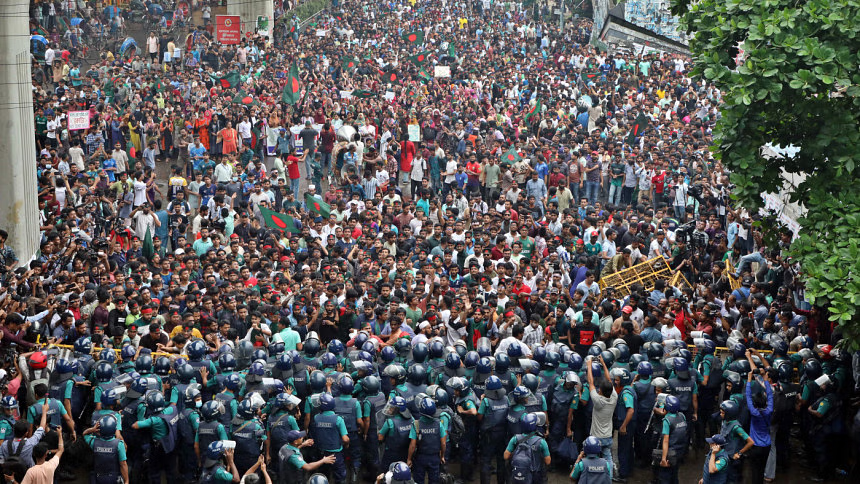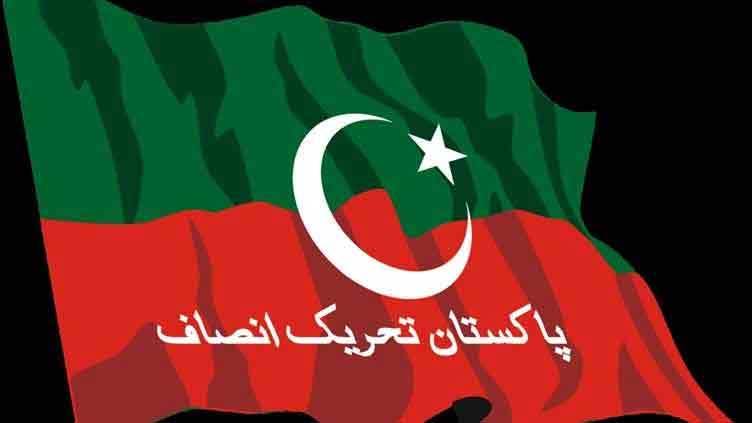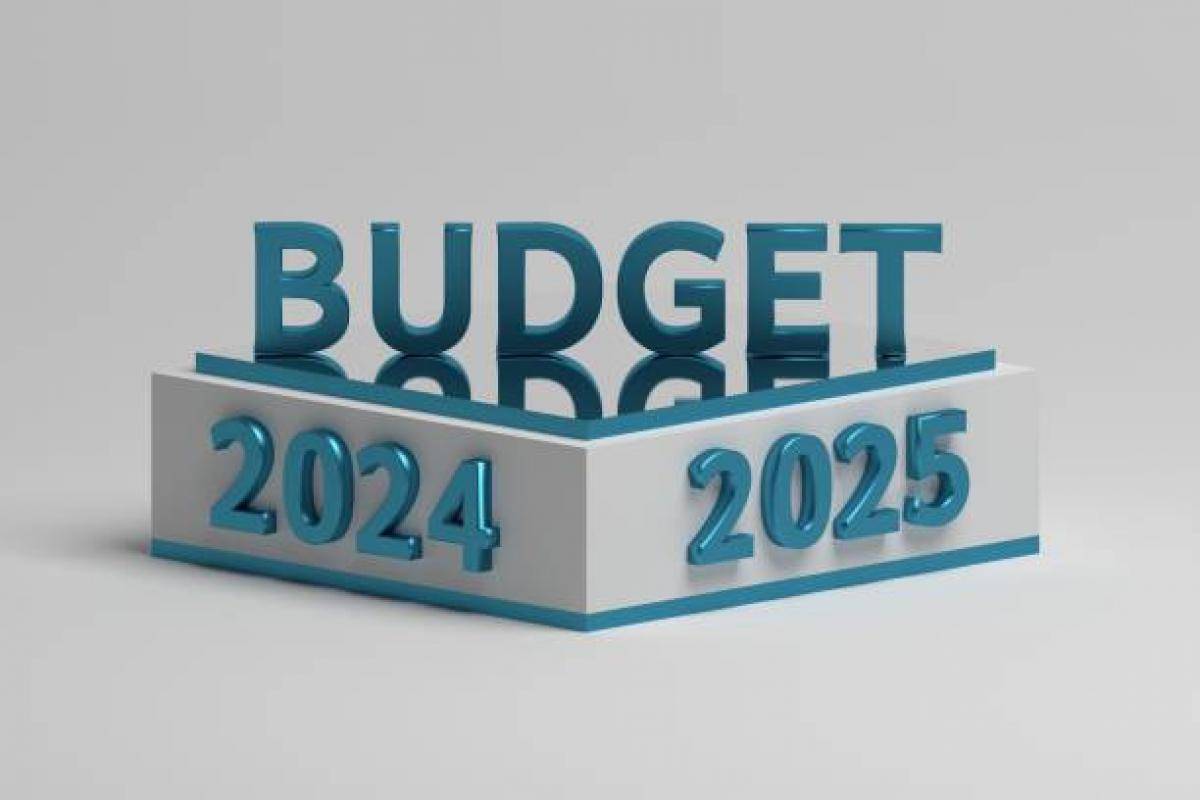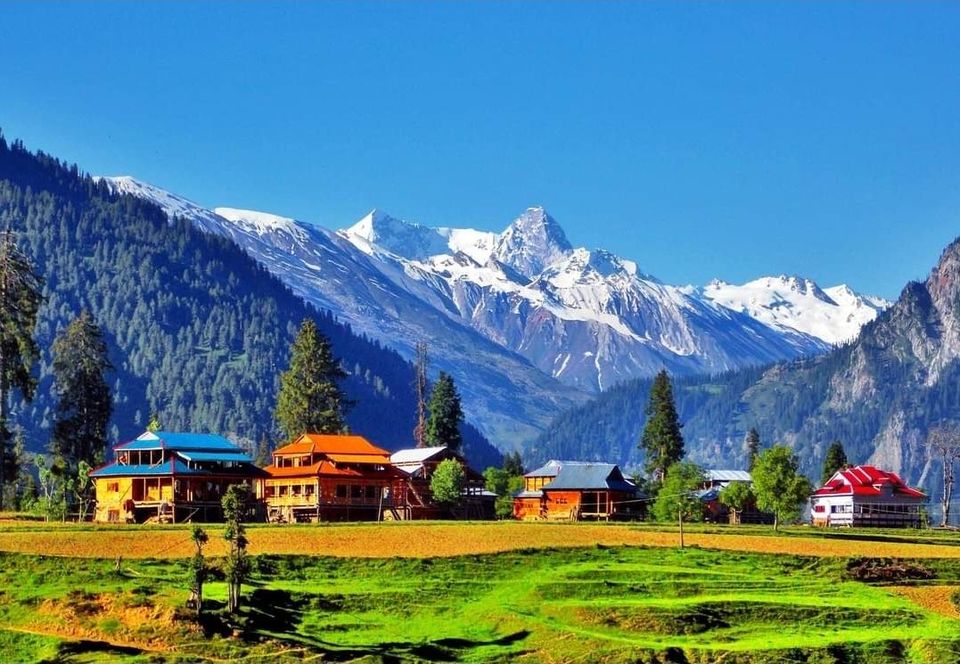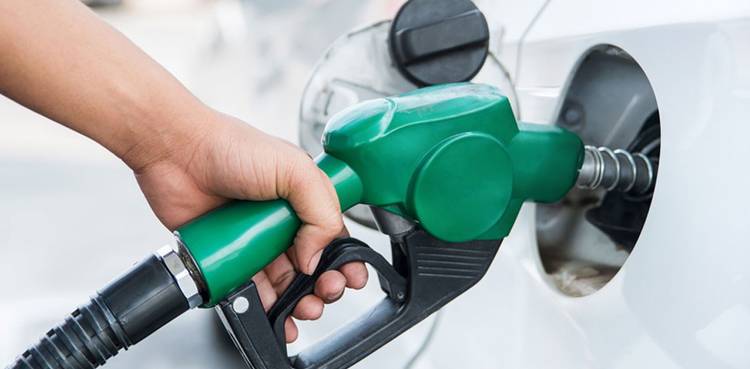Author: Dr. Tariqullah Khan – What is poverty, and what is development? How can we measure poverty and development?
These white people are too big players. Hard to convince and hard to accept your arguments. Before accepting any claim, they will ask for data based on certain parameters and decimals, present the data in a systematic manner, analyze it and then tell whether your claim is true or false.
If we claim that we are a civilized nation, our morals are very high, and we are peaceful and developed, then they will accept this claim only on the basis of some decimals, data and indices, and this is the reason why today’s development, prosperity, education, health, poverty, poverty, ethics, women’s rights, those are, some scales that are used to measure each sector, which although may not present the accurate and absolute picture, but still reflect very accurately and a comparative study. And can provide reviews.
What is poverty? What is progress?
How can we measure poverty and development? Is poverty the unit for measuring progress, a country, a family or an individual?
Income alone is sufficient to determine the poverty rate, or education, health, and assets are also necessary?
Different scales are used to measure poverty.
First, total production at the country level, and the growth rate, i.e. the volume of GDP and the growth rate of GDP, were taken as indicators of development.
According to the World Bank, daily production or earnings, usually measured in US dollars, is at least 2.5 dollars per person per day. Some organizations use daily expenditure or caloric consumption, or daily intake of food or energy as a measure.
Various development economists have criticized this scale. According to him, poverty is a complex process that is influenced by many factors. Sometimes there is abundance of money, but health and education facilities are either not available or people are not interested in them. Sometimes the country is rich in wealth, but the wealth is limited to a few specific classes. Therefore, there should be a detailed and multidimensional scale to measure poverty.
There were many motivations and problems in third-world and developing countries. Limiting only poverty and development to one indicator and ranking based on that did not give a clear picture. Despite the increase in gross productivity, there was no significant reduction in poverty, no change in social and economic conditions, no reduction in the unemployment rate, and no increase in social and economic inequality. The pre-existing special classes and powerful elites became more in numbers and took more advantage.
Therefore, after much debate, education and health were included in the measure of development called HDI along with GDP. When ranked on this basis, many states, such as Pakistan, which had increased GDP, suddenly moved down the list from countries with low GDPs, such as Sri Lanka.
Although the Human Development Index is a better measure for a more accurate reflection, the problem is that it cannot describe the intensity of class divisions in a country, nor can it measure the poverty and problems of a family and an individual.
After much criticism, the UNDP has developed a new index, the Multidimensional Poverty Index. In MPI, poverty is measured at a household level, where the data is collected on the following basis :
Two indicators are taken from education, one from health and eight indicators from lifestyle or standard of living. Lifestyle indicators include household water supply, sanitation, electricity, cocoon oil, ownership and type of household such as a built or unfurnished house, telephone, TV, refrigerator, bicycle and motorcycle.
A scorecard from 0 to 1 is created according to a specific procedure and formula.
According to MPI, if a family lives in a luxurious house and has a motor car and a bank balance, but if there is no girl child in the house, a child is not studying and is out of school, then it is called poor. If any case of death is reported, that, too, will be counted as poor. If both cases, i.e. no child is going to school and there is a case of infant’s death, then despite the remaining assets, this family will be considered 50% poor.
Any measure of poverty can only present a complete picture if it provides statistics on the distribution of resources between the rich and the poor, such as the upper class, the middle class, and the inequality in a society. What is the share of the lower class and people in the country’s production and wealth!
Read more: https://republicpolicy.com/the-united-nations-and-the-principle-of-neutrality/






































